The Sega Genesis, known as the Mega Drive outside of North America, is one of the most iconic consoles ever, let alone of the 16-bit era. Released in the late 1980s, it was Sega’s answer to the Super Nintendo Entertainment System (SNES) and is fondly remembered for its library of unforgettable games. Although many games crossed over on both consoles, the Genesis has their fair share of fantastic exclusives, and that’s what we’ll focus on here. Let’s dive into the top 10 best Sega Genesis games of all time.
10. Beyond Oasis
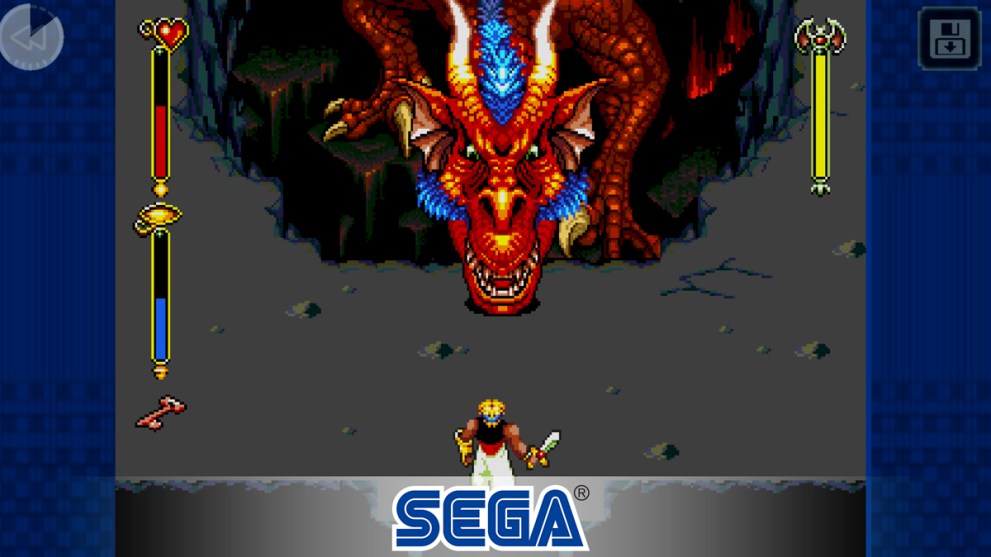
Beyond Oasis (known as “The Story of Thor” in some regions) is a classic action RPG for the Sega Genesis released in the mid-90s. The game stands out not only for its intricate gameplay mechanics, but also for its engrossing storyline and robust visuals for its time.
Players assume the role of Ali, who stumbles upon a golden armlet that grants him the power to summon elemental spirits. As he embarks on his journey, Ali must counter the malevolent force of a silver armlet and prevent the world from plunging into darkness.
The game’s rich and detailed world, combined with challenging real-time combat, make Beyond Oasis a quintessential title for any RPG enthusiast and a memorable gem in the Sega Genesis library.
9. Monster World IV
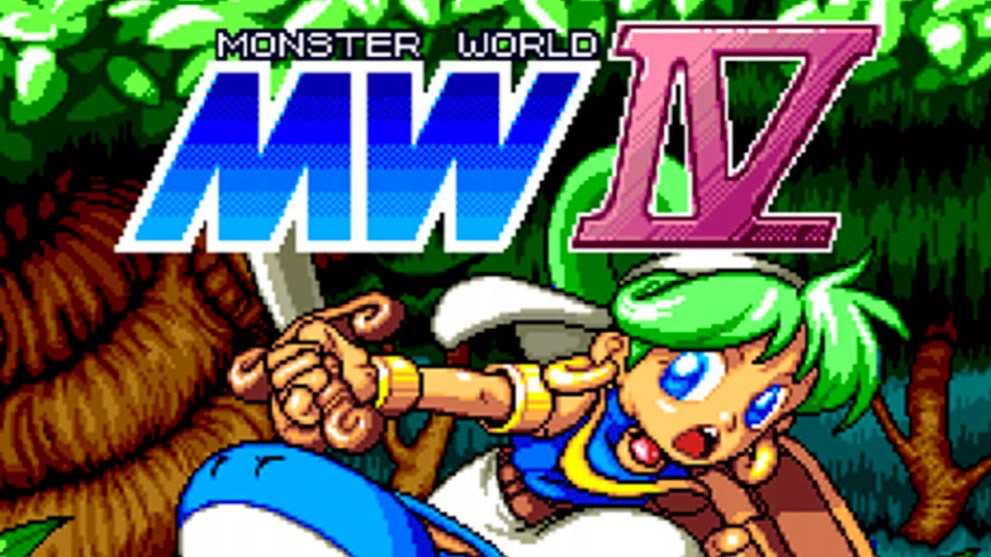
Monster World IV is a beloved action-adventure platform game for the Sega Genesis, and for good reason.
Released in 1994 in Japan, it was the final installment in the “Wonder Boy/Monster World” series. But unlike its predecessors, “Monster World IV” featured a new protagonist, a green-haired heroine named Asha. Set on a quest to save her world, Asha is accompanied by a magical creature named Pepe, who assists her throughout her journey.
The game is renowned for its rich graphics, intricate gameplay, and captivating soundtrack. Although it took many years for the title to officially make its way to Western audiences, its eventual release on digital platforms was met with enthusiasm, further solidifying its status as a Sega Genesis classic.
8. Shinobi III: Return of the Ninja Master
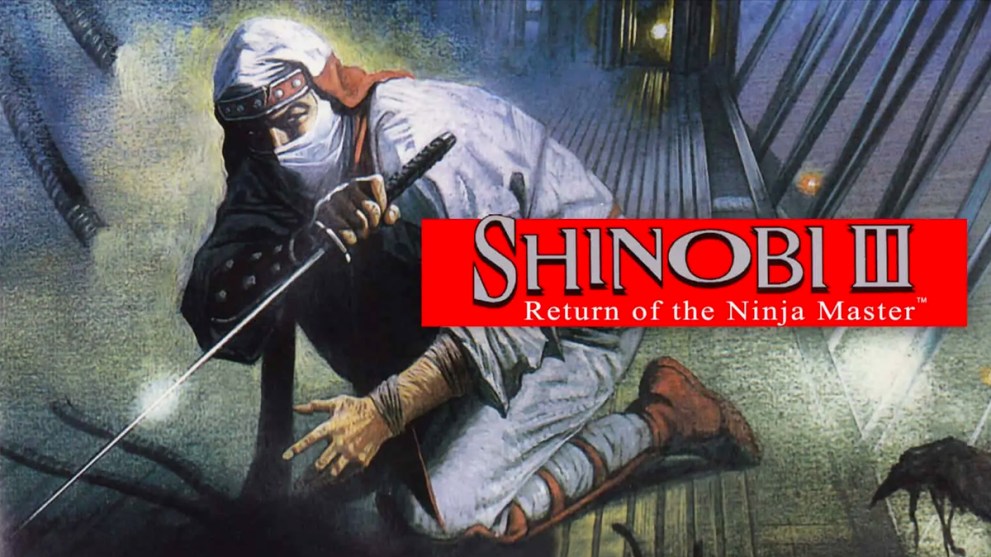
Shinobi III: Return of the Ninja Master is a hallmark title for the Sega Genesis, having been released in 1993 as a continuation of the storied “Shinobi” series.
This side-scrolling action game follows the ninja protagonist, Joe Musashi, as he embarks on a mission to once again stop the nefarious Neo Zeed organization and their mysterious leader the Shadow Master.
Building upon the successes of its predecessors, Shinobi III boasts fluid animations, versatile combat moves, and meticulously designed levels that challenge players to utilize both stealth and aggressive ninja tactics. The soundtrack, influenced by traditional Japanese music combined with 16-bit era synthesizers, complements the intense action, making it one of the most memorable aspects of the game.
This title was chosen to best represent this forgotten series because it came out 4 years into the Sega Console’s life cycle, and developers were able to show their mastery of the Genesis hardware. With the best controls and a balance of challenge that doesn’t make you throw your controller out the window, this is the hallmark of the Shinobi series.
7. Comix Zone
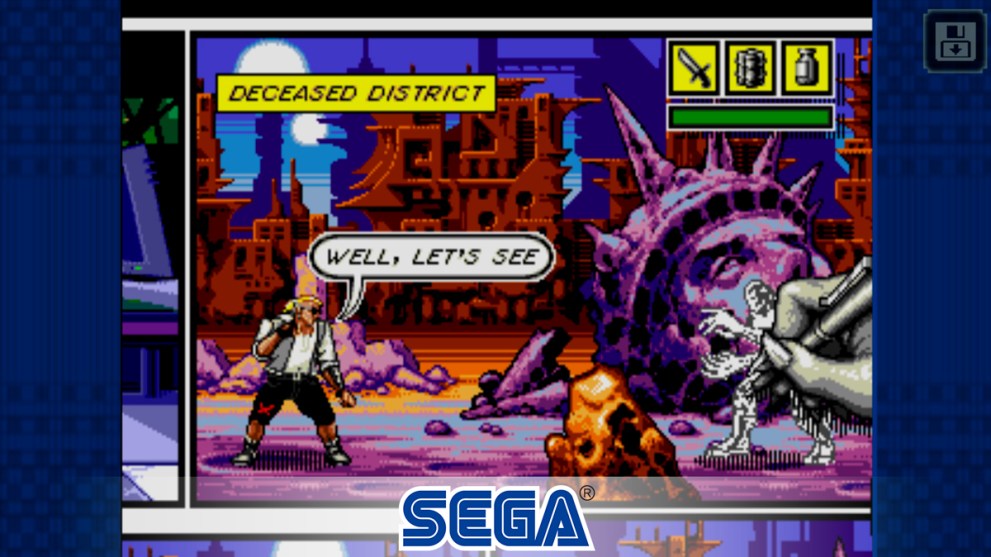
A beat ’em up set within the panels of a comic book, Comix Zone was not only visually striking but also boasted tight controls and an engaging (albeit challenging) gameplay experience, making it a distinctive and innovative title for the Sega Genesis.
Released in 1995, it broke away from traditional platformer norms. The game unfolds within the pages of a comic book with each level presented as a series of comic panels. As it does, players take on the role of Sketch Turner, a struggling artist who finds himself inadvertently trapped within his own comic creation and battling against the very villains he drew.
The narrative cleverly blurs the lines between reality and fiction, as Sketch must navigate through panel transitions, tear through pages, and combat inked adversaries. Visually, Comix Zone is a spectacle with its vibrant graphics and dynamic panel transitions, and still holds up even against today’s world.
Its soundtrack, pulsating with grunge and rock undertones, perfectly complements the ’90s comic aesthetic, and it would be no surprise if this game served as inspiration for Capcom’s Viewtiful Joe games. It remains a cult classic, emblematic of the creativity and risks taken during the 16-bit era.
6. Shining Force II
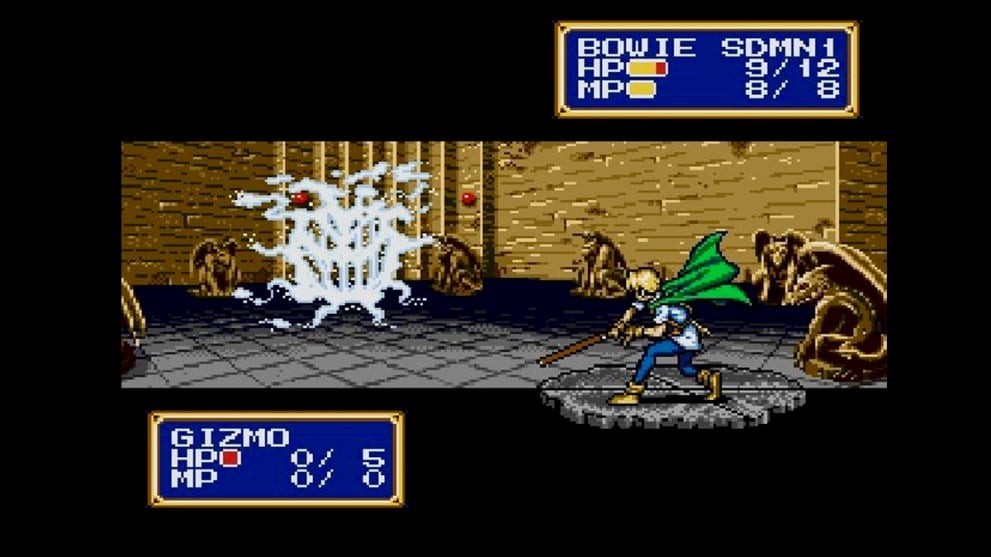
As a tactical RPG, Shining Force II presented players with a rich world, strategic battles, and memorable characters. The story is engrossing, and its gameplay mechanics still hold up today.
Released in 1993 for the Sega Genesis, the game stands as one of the paramount turn-based tactical RPGs of its generation. A jewel in the crown of Sega’s Shining series, this title follows a young hero named Bowie as he embarks on a quest to thwart evil forces, rescue friends, and recover the stolen “Jewels of Light and Darkness.”
Unlike traditional role-playing games of its time though, Shining Force II distinguishes itself with grid-based battles where strategic positioning and character classes play critical roles. This, combined with its compelling narrative, meticulously detailed graphics, and a captivating soundtrack, provides a complete gaming experience anyone can appreciate. For many RPG enthusiasts, it not only exemplifies the genre’s potential on the console but also remains one of its most cherished classics.
5. Phantasy Star IV
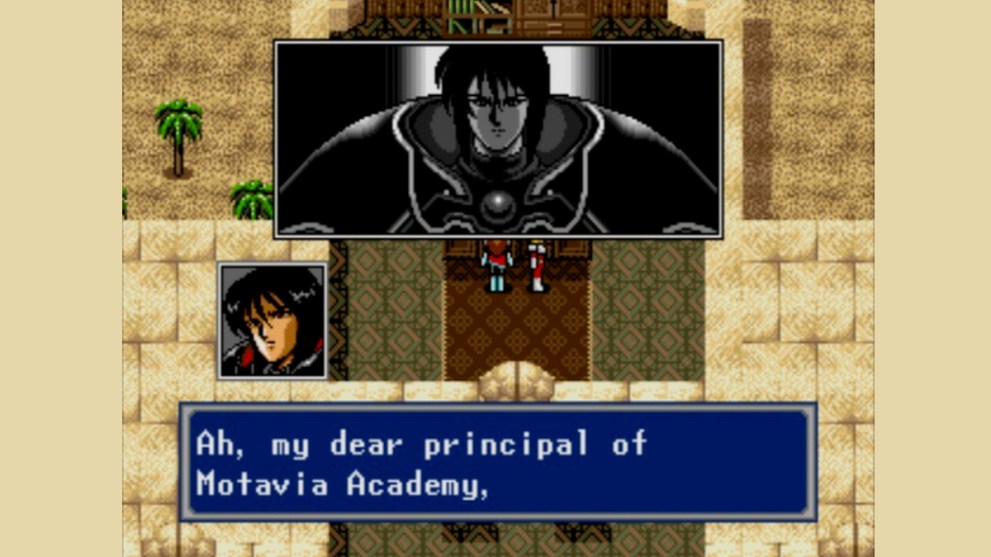
Phantasy Star IV: The End of the Millennium is often hailed as one of the definitive JRPGs of the 16-bit era.
Marking the conclusion of the original Phantasy Star series, this title weaves a compelling narrative set in the Algol star system, following a diverse cast of characters led by the young hunter, Chaz Ashley. The game masterfully melds science fiction with fantasy elements, creating a universe rich in lore and teeming with robotic constructs, magic spells, and ancient evils. Its turn-based combat is accentuated by combination attacks and comic book-style cutscenes, innovations that distinguished it from contemporaries.
The intricate storytelling, combined with a memorable soundtrack and detailed graphics, solidifies Phantasy Star IV as not only the pinnacle of its series but also as a standout RPG in the vast Sega Genesis library.
4. ToeJam & Earl

ToeJam & Earl, released in 1991 for the Sega Genesis, is an eccentric and offbeat action game that quickly garnered cult status among fans.
The game follows two funky aliens, ToeJam and Earl, who crash-land on Earth and embark on a quest to recover the scattered pieces of their spaceship. While this is interesting enough on its own, what truly set it apart was its randomized level design and dynamic two-player cooperative gameplay, allowing players to either work together or separately explore the game’s floating islands.
Infused with a unique 90’s hip-hop vibe, its funky soundtrack and colorful graphics create an atmosphere that’s both whimsical and surreal. The quirky humor, combined with unpredictable enemy encounters — ranging from malicious dentists to crazed shopping cart ladies — make it one of the most memorable and distinctive titles in the Sega Genesis catalog. The game’s charm and innovative gameplay mechanics also helped it spawn sequels and retain a loyal fanbase even decades later.
3. Gunstar Heroes
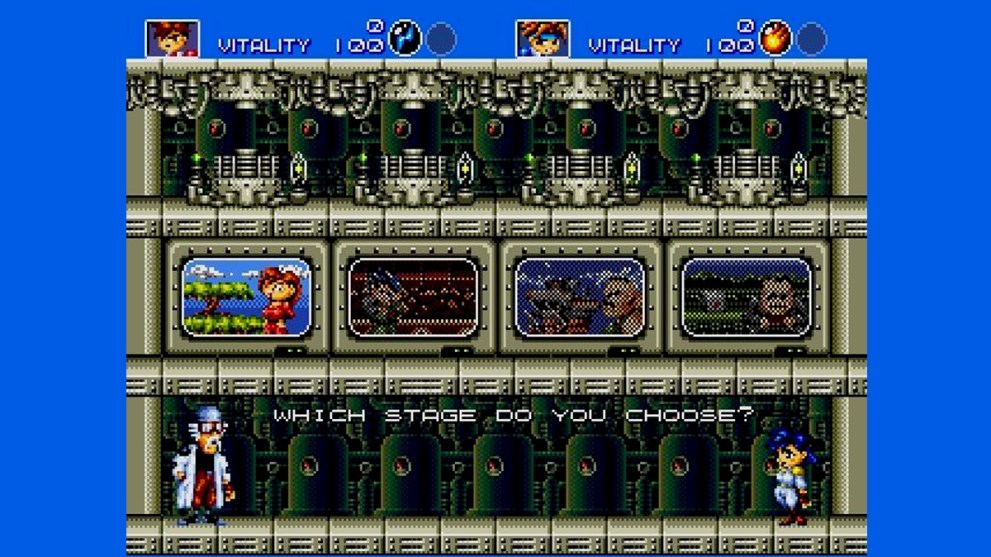
Gunstar Heroes, developed by Treasure and released in 1993 for the Sega Genesis, is widely acclaimed not only as one of the most dynamic and inventive run-and-gun action games on the Genesis, but of its entire era.
Packed with frenetic action, players can choose between the Gunstar twins, Red and Blue, as they embark on a mission to prevent the malevolent Empire from resurrecting a powerful, dormant weapon.
As they do, players are able to choose from several options within a diverse weapon system, allowing them to combine different guns for varied effects. They can then test these combos against brilliantly designed boss battles, each more imaginative and challenging than the last.
With vibrant graphics that push the Genesis hardware to its limits and a rousing soundtrack to match its intense pace, the experience comes together as a testament to the creativity and innovation of 16-bit era gaming. For many, it remains not just a highlight of the Genesis library, but of the action genre as a whole.
2. Streets of Rage 2
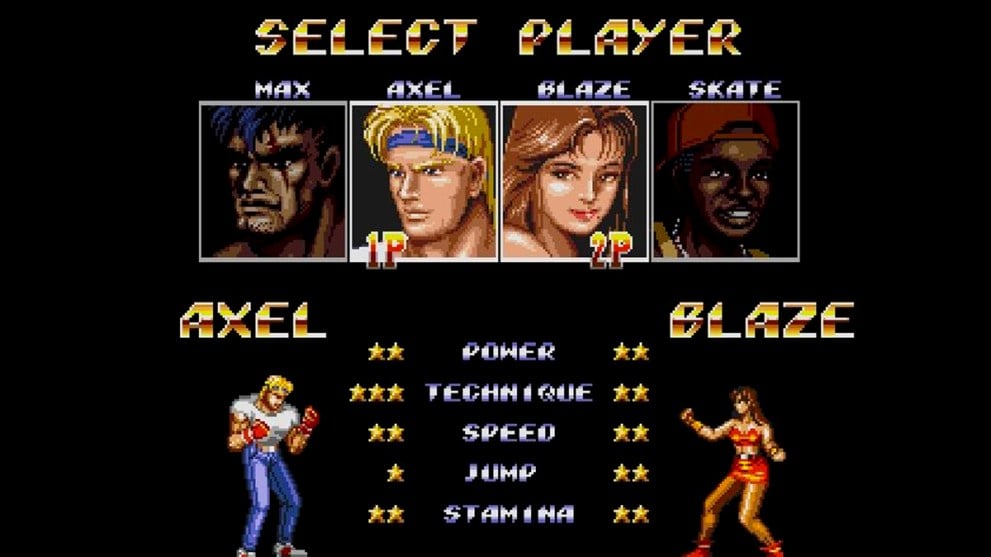
Streets of Rage 2, released in 1992 for the Sega Genesis, is often heralded as one of the finest beat ’em up games of all time. As a sequel to the original Streets of Rage, this installment elevated every aspect of its predecessor, from graphics and gameplay mechanics to story and sound.
Players traverse a crime-ridden city to rescue a kidnapped companion, using one of four distinct characters that each boast their own unique moves and abilities. While most players will naturally gravitate toward characters they like or identify with, having base stats really brought each character to life.
This differentiation allowed for more variety and replayability, especially if players want to make strategic combinations of characters to either balance out weaknesses, or go all out on one type of strength.
Then, there was its iconic soundtrack. Composed by Yuzo Koshiro and Motohiro Kawashima, it infuses each level with a pulsating rhythm that perfectly complements the on-screen action. The music captures the gritty and intense atmosphere of urban brawls, setting the tone for the game’s beat ’em up action.
The electronic beats and diverse range of musical styles, from techno to funk, provide a dynamic backdrop that energizes players and immerses them deeply in the world of Streets of Rage.
With its fluid combat system, diverse environments, and co-operative two-player mode, Streets of Rage 2 remains a cornerstone of the Sega Genesis library, encapsulating the spirit and innovation of 16-bit gaming.
1. Sonic 2
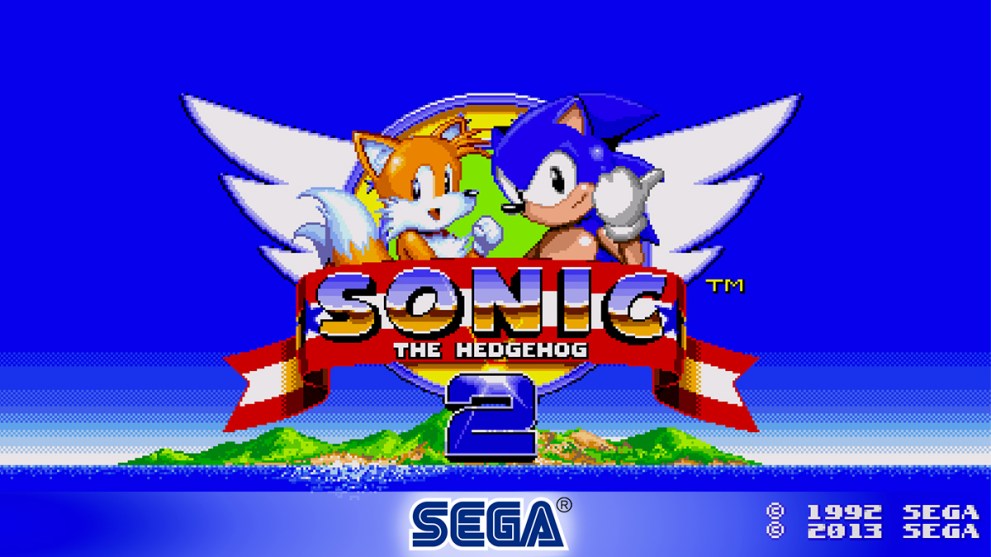
It’s no surprise that the number one game from the Sega Genesis has to be based on their famous mascot, the Blue Bomber himself. The memories of Sega’s advertising against Nintendo culminated with the Mega Drive’s “Blast Processing” and Sonic was the leader of the pack. Choosing a single game to best represent the Sonic franchise on the Genesis is tricky, but Sonic 2 takes the prize.
The Blue Bomber’s second outing improved on its predecessor in every conceivable way. Tails, Sonic’s two-tailed fox sidekick, made his debut here, adding a new layer to gameplay and the option of cooperative play. Likewise, its introduction of the Spin Dash move allowed Sonic to rev up on the spot and rocket forward, adding a new layer of strategy to gameplay.
At the same time, the game’s exhilarating speed — combined with meticulously crafted multi-path levels like the memorable Chemical Plant and Casino Night zones — set new standards for platforming design. It offered a one of a kind experience, but was also approachable enough that everyone and anyone could get in on the fun.
With vibrant graphics, an unforgettable soundtrack, and the innovative option for two-player cooperative gameplay, Sonic the Hedgehog 2 solidified Sonic’s place as Sega’s flagship mascot and as a cultural icon of the 16-bit gaming era. The game is still a blast to play to this day, and remains the best Sega Genesis game of all time as a result.

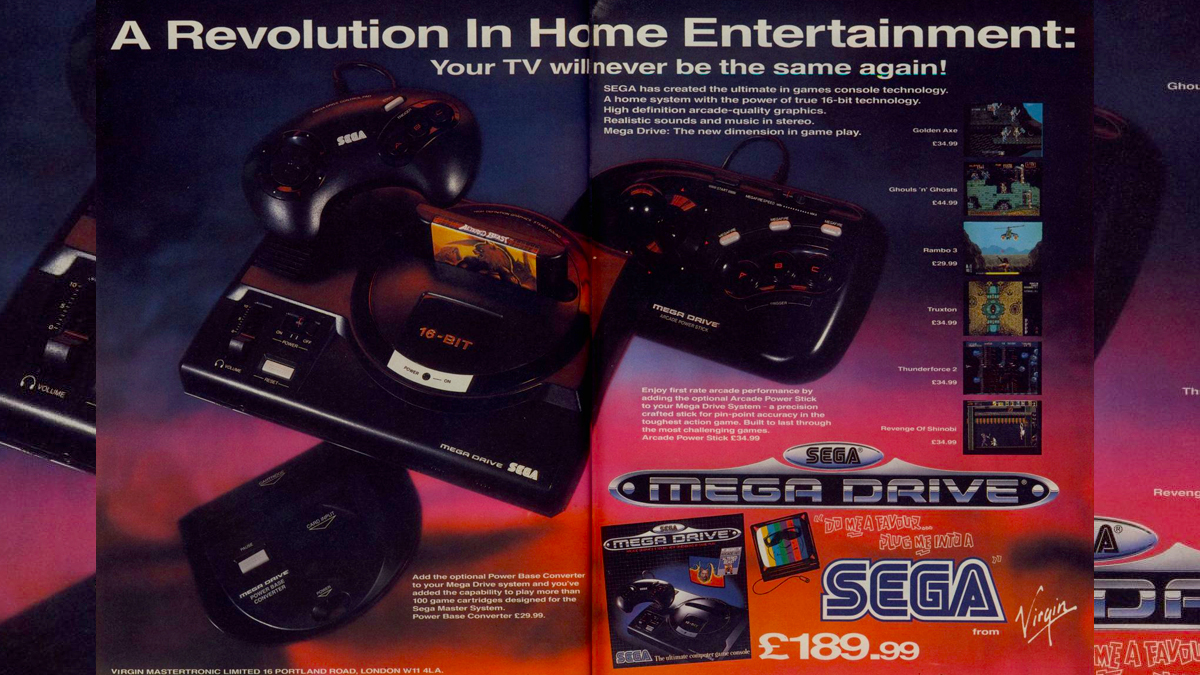












Updated: Aug 29, 2023 11:48 am